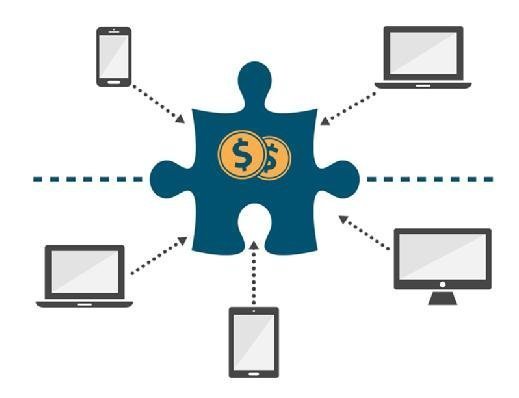Blockchain’s protocol-based technology is straightforward: A transaction, such as a credit card purchase tied to a customer loyalty program, forms a single block. The owner of that transaction has the key to move activity forward, and once someone else takes over the transaction, the next node forms and the new person owns the key. You can only add to the blockchain, not take away from it, making attempts to defraud the chain detectable. Proponents believe blockchain builds data transparency.
The buzz
Proponents believe blockchain builds data transparency.
Supporters say the technology is protected from abuse because there’s a copy of a given transaction for every user participating in blockchain. Previously established algorithms certify that an entry is valid; the blockchain rejects suspicious entries that the algorithms can’t verify, so the entire network of participating computers will dismiss any change that might corrupt the chain and threaten data transparency. Blockchain also shows potential for expanding analytics. For example, if blockchain provided various retailers with a full history of customer purchase patterns, those companies would enjoy a cornucopia of data that stretches across organizational boundaries, allowing analytics to better pinpoint buying trends and consumer preferences.

The reality
Despite the analytics possibilities blockchain presents, the business world isn’t at that point yet. Also, claims of blockchain being completely tamper-proof ring hollow. If a company, government or criminal could somehow gain control of the majority of nodes in a blockchain, the agreed-upon rules to certify transactions could be altered, according to Deloitte Consulting. Further cybersecurity may be needed. The technology also faces a perception issue because Bitcoin, a cryptocurrency built on blockchain, has garnered stigma after facing ransomware attacks.
SearchBusinessAnalytics: BI, CPM and analytics news, tips and resources
The post Blockchain seeks to boost data transparency within analytics appeared first on Business Intelligence Info.